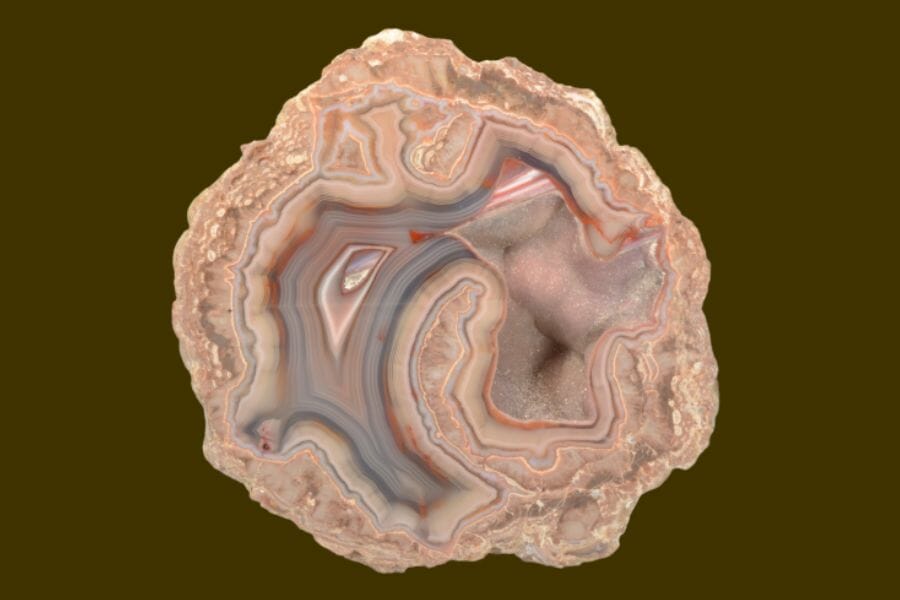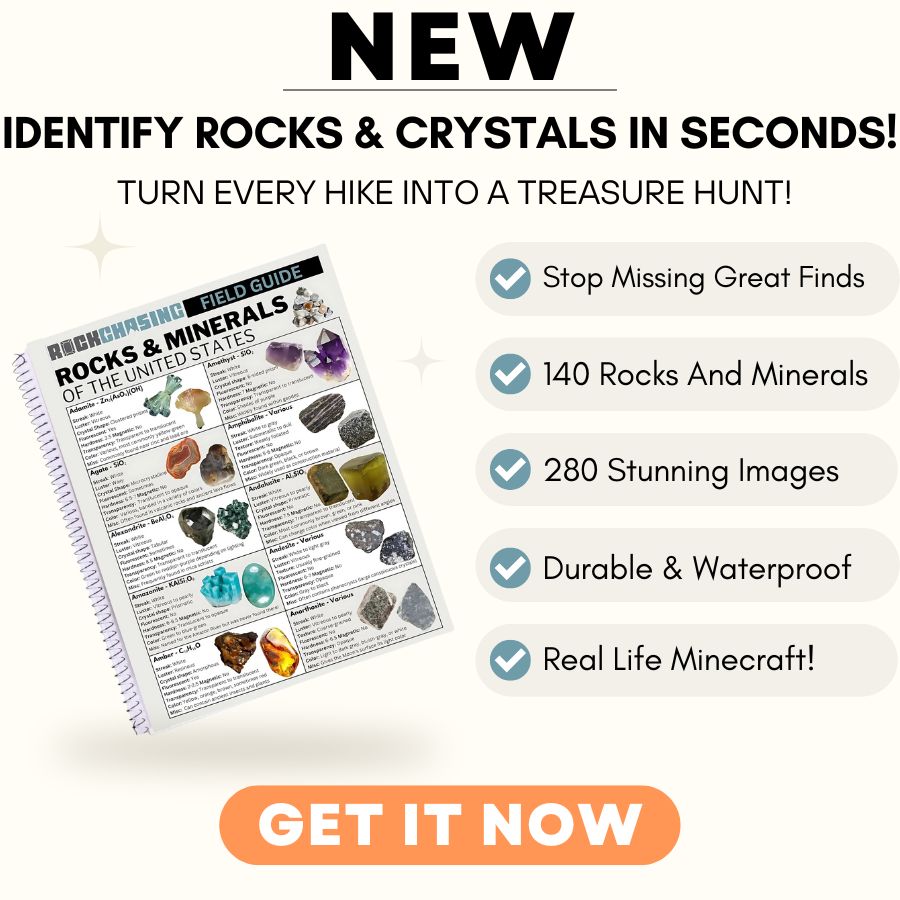Geodes are like nature’s surprise eggs, filled with sparkling crystals inside a plain-looking rock. Our state is a treasure trove for these hidden gems, with its many different landscapes that make it perfect for rock hounds.
If you’re itching to crack open your own crystal-filled wonder, you’re in the right place!
This article will show you the best spots in our state to find geodes. We’ll also share some handy tips to make your geode hunting adventure a success.
So grab your hammer and get ready to discover the beauty hiding in ordinary-looking rocks all around this state!
How Geodes From Here
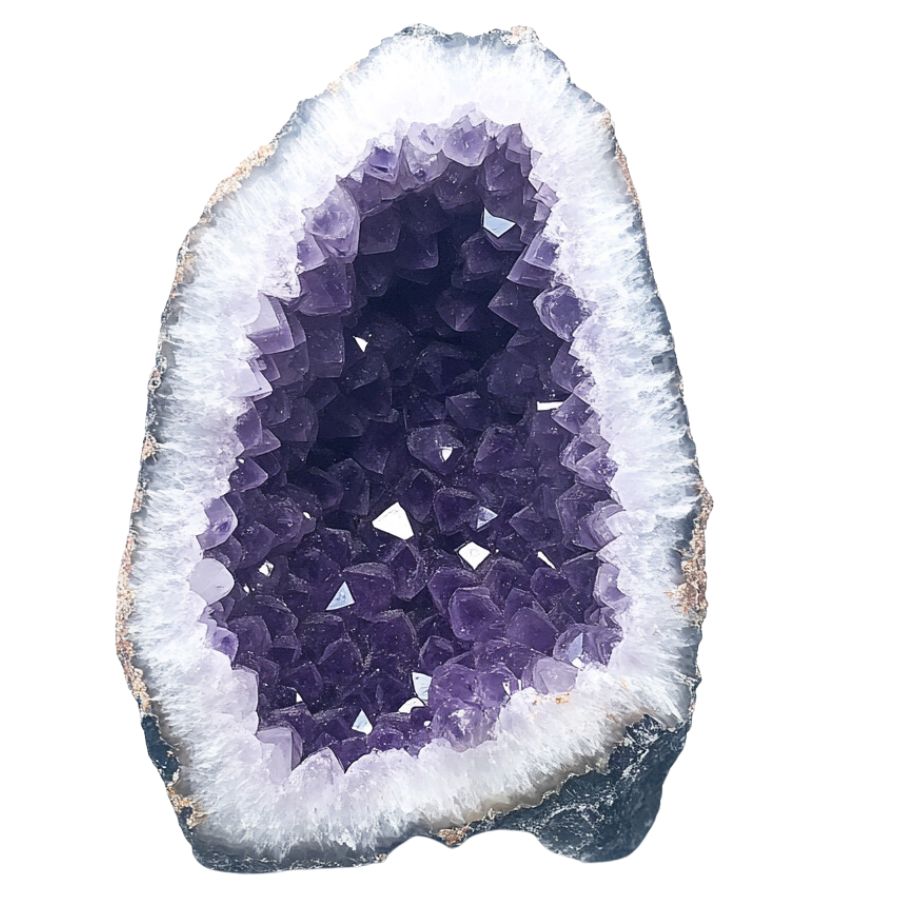
Geodes form when bubbles in volcanic rocks or spaces in sedimentary rocks get filled with minerals over time.
First, water rich in minerals like quartz or calcite seeps into the hollow space. As the water evaporates, it leaves behind the minerals, which slowly build up layer by layer.
Eventually, these minerals create a crystal lining inside the geode. The outer shell stays rough, while the inside becomes a sparkling treasure.
The process can take thousands, even millions, of years, making each geode a unique and beautiful time capsule of Earth’s natural forces.
The Types Of Geodes Found in the US
There are many fascinating varieties of geodes that can be found across the United States, including in our own state. Each type is distinctly beautiful and intriguing:
Amethyst Geode

Amethyst geodes look plain on the outside, like a potato. But crack them open, and you’ll find stunning purple crystals. These crystals can be light lavender or deep purple.
The structure of crystals inside can vary widely. Some are tiny and densely packed, creating a sparkling surface. Others form large, distinct points that jut inwards.
The color range is impressive too, from pale lilac to deep royal purple. Some amethyst geodes develop unique features. “Stalactites” of amethyst might hang from the top.
In rare cases, you might find a water bubble trapped inside, a remnant from the geode’s formation millions of years ago.
Citrine Geode
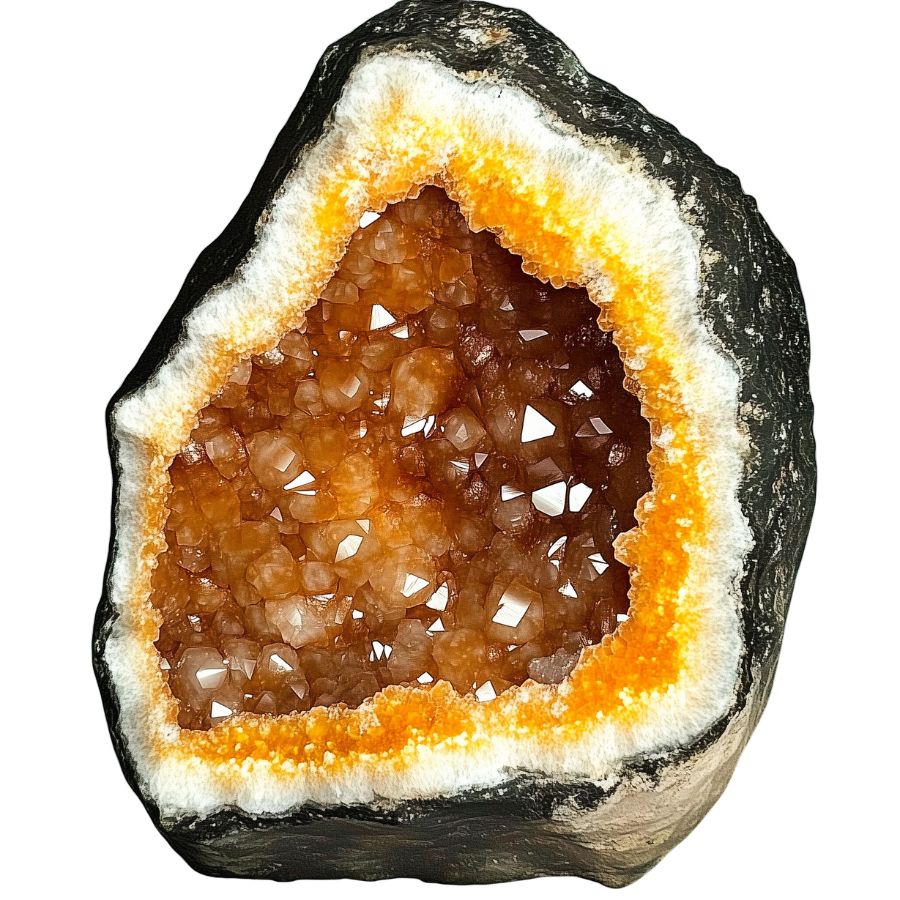
Citrine geodes are eye-catching rocks with golden yellow to orange crystals inside. They sparkle when light hits them, looking like sunshine trapped in stone. The colors come from iron mixed in with the quartz.
Unlike many gemstones, citrine’s color is often evenly distributed throughout the crystal.
Most citrine on the market isn’t natural. It’s actually heat-treated amethyst. This process turns the purple amethyst into vibrant citrine. Natural citrine is rarer and often has a more subtle color.
Pyrite Geode
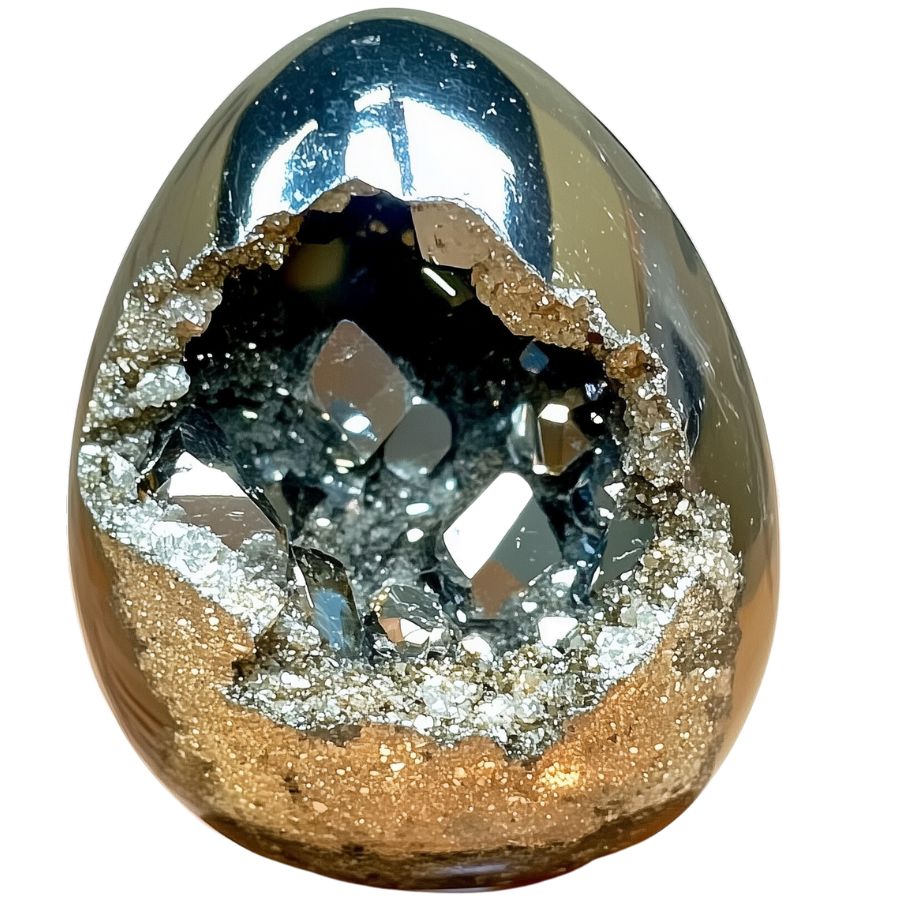
Ever cracked open a rock and found gold inside? Well, not real gold, but something that looks just like it. That’s a pyrite geode. Pyrite is called “fool’s gold” because it’s so shiny and golden.
Inside these geodes, pyrite forms in cool shapes. Sometimes it’s perfect cubes. Other times its clumps or even round balls called “pyrite suns”.
Pyrite has a fun history. People have been mixing it up with real gold for thousands of years. That’s how it got its nickname.
Selenite Geode
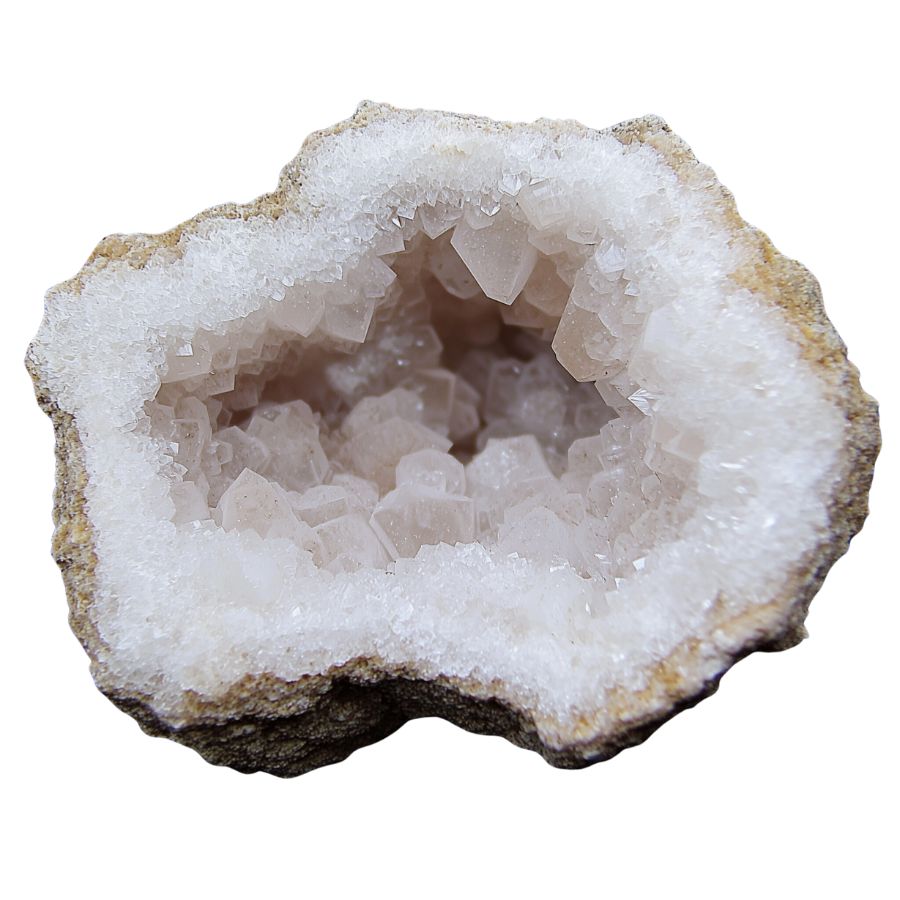
Selenite geodes stand out from the crowd. They’re white and see-through, with a glassy look. When you open one up, you’ll see crystals that look like they’re made of ice or moonlight.
Unlike harder geodes, selenite is soft. You can scratch it with your fingernail! This softness means you need to handle it carefully. But it also means selenite can be shaped into beautiful forms easily.
One cool thing about selenite is how it plays with light. Hold it up to a lamp, and you’ll see the light shine right through it. This makes selenite geodes popular for decorative lamps and light fixtures. They add a magical glow to any room.
Celestite Geode

Celestite geodes are like pieces of sky trapped in rock. Their crystals are typically a delicate blue, ranging from almost colorless to deep sky blue. In rare cases, celestite can form in other colors. Pink celestite is highly prized by collectors.
One unique feature of celestite is its perfect cleavage. This means the crystals can be easily split into rhombohedral shapes.
These geodes form in a unique way. They start as nodules of a soft mineral called alabaster. Over time, this dissolves and is replaced by celestite crystals. Some celestite geodes are huge, like the famous Crystal Cave in Ohio.
Celestite isn’t just pretty to look at. It’s used to make strontium, an element with many uses. You’ll find strontium in fireworks, where it creates red colors. It’s also used in making TV screens and ceramics.
Jasper Geode
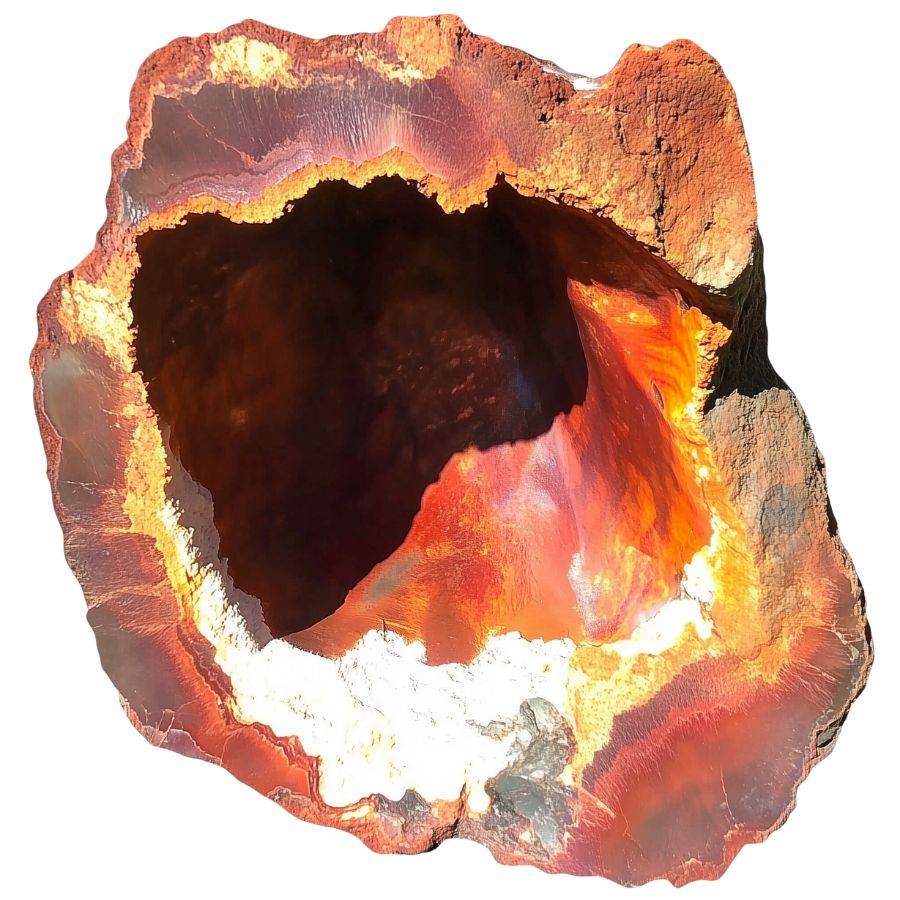
Jasper geodes are the chameleons of the mineral world. They can appear in almost any color, often with multiple hues in a single specimen. Patterns can range from solid colors to intricate swirls, bands, or spots.
One fascinating type is picture jasper. These geodes contain patterns that resemble landscapes, with “skies,” “mountains,” and “rivers” visible in the stone. Each one is like a miniature painting created by nature.
Some jasper geodes contain orbicular patterns – spherical structures that formed as the jasper solidified. These create eye-catching bull’s-eye or flower-like designs in the stone, making each piece truly one-of-a-kind.
Carnelian Geode
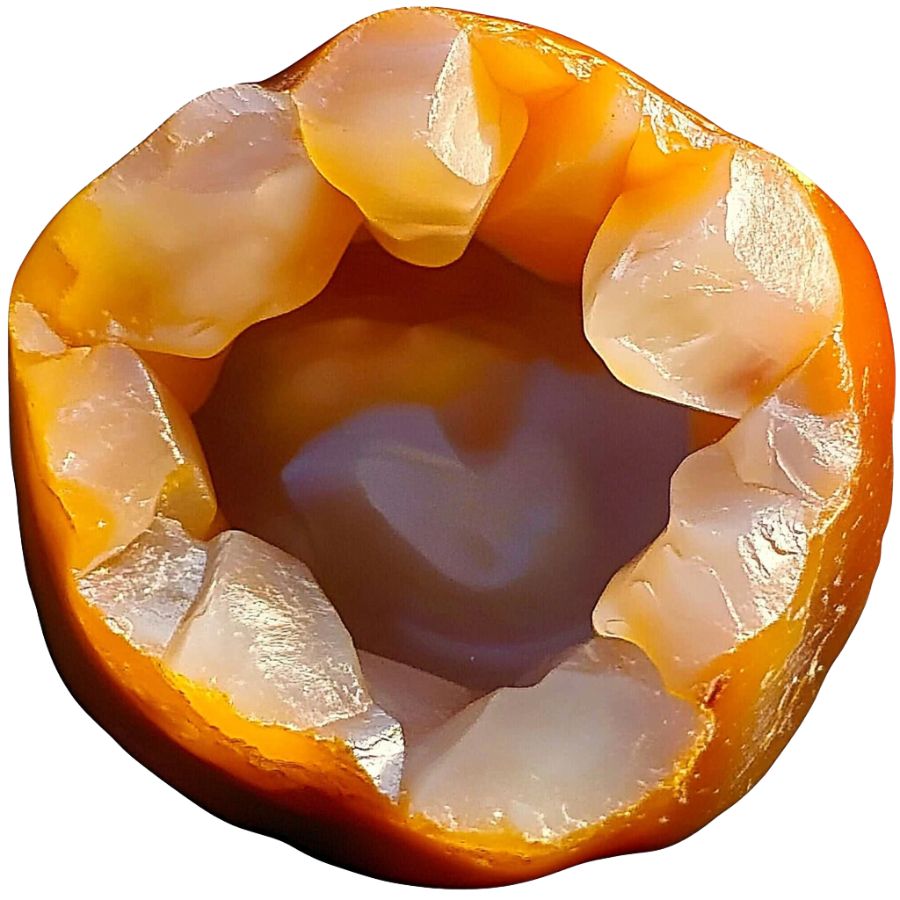
Carnelian geodes have vibrant orange to reddish-brown colors. They can be somewhat see-through, which makes them look even more interesting. The bright colors come from the iron in the stone.
These geodes stand out from other similar stones. They’re brighter than sard, which is usually darker and more brownish. And unlike agate, carnelian doesn’t have bands or stripes.
Carnelian has been popular for a long time. Ancient Egyptians and Greeks used it to make special rings. It’s tough enough for everyday jewelry.
Some people heat or dye carnelian to make its color even brighter. This makes it a favorite for both rock collectors and jewelry lovers.
Fluorite Geode
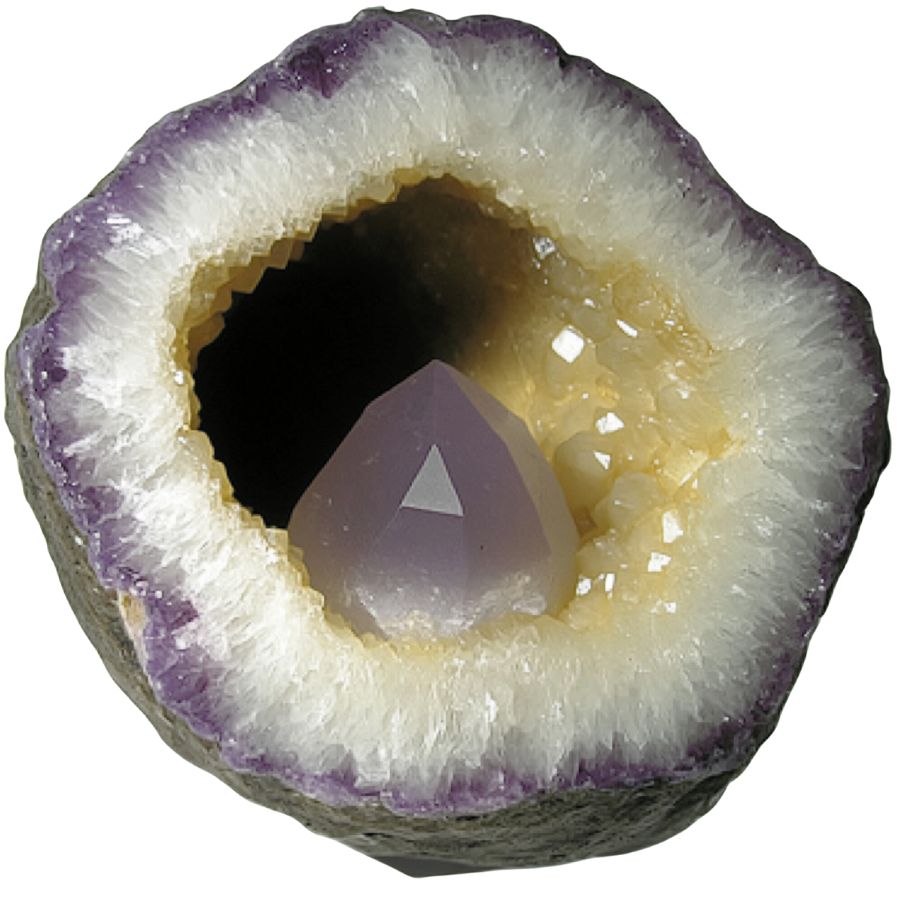
Fluorite geodes are like nature’s rainbow. They come in many colors – purple, green, blue, yellow, and sometimes even clear or black. When you open one up, you might see cube-shaped or eight-sided crystals inside.
What makes fluorite special is that you can often see more than one color in a single stone. This is different from many other geodes. Also, fluorite has a unique way of splitting when it breaks.
A cool fact: fluorite glows blue under ultraviolet light. This was first discovered back in 1852. Because of its many colors and this glowing ability, fluorite is sometimes called the “most colorful mineral in the world.”
Scolecite Geode
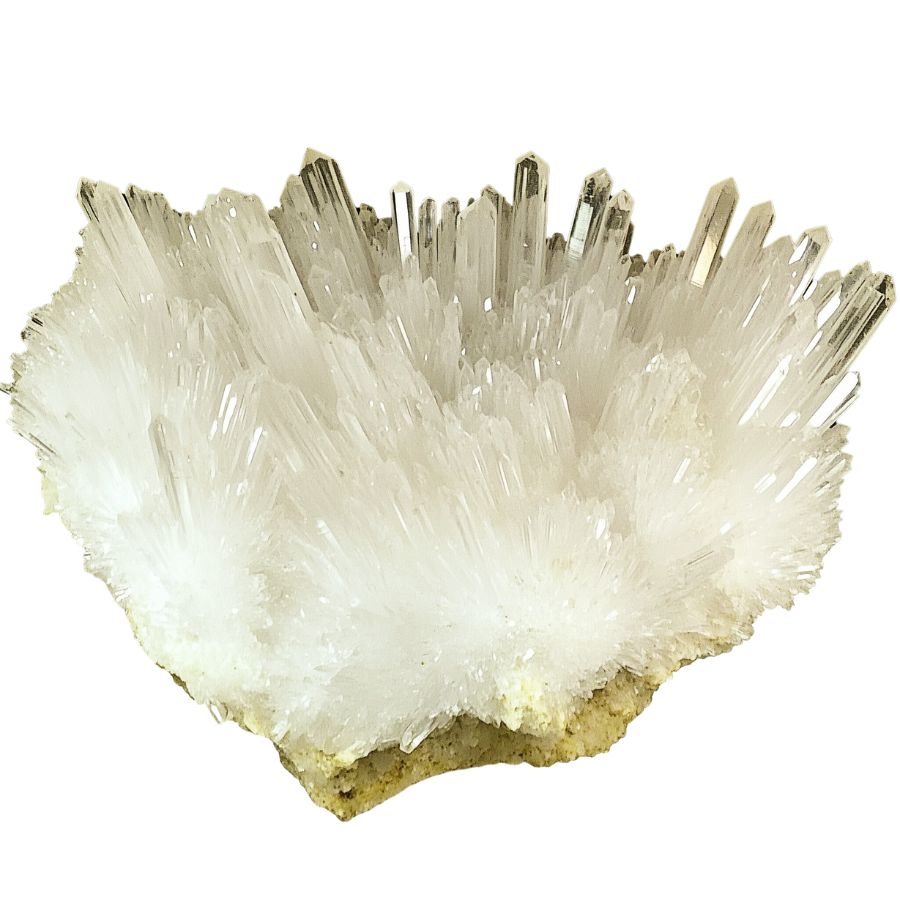
Scolecite geodes are like tiny crystal caves. They’re usually white or colorless, but sometimes you might find pink, yellow, or green ones.
What makes them special is the crystals inside. They look like thin needles or delicate hairs, all pointing out from the center.
These geodes are different from others because of their crystal shape. Instead of blocky or chunky crystals, scolecite has these fine, hair-like ones. This gives them a unique, delicate look.
Scolecite has an interesting property – it can hold a lot of water in its structure. This means it can absorb and release water easily. This makes scolecite useful in various ways, not just as a pretty rock to look at.
Apophyllite Geode
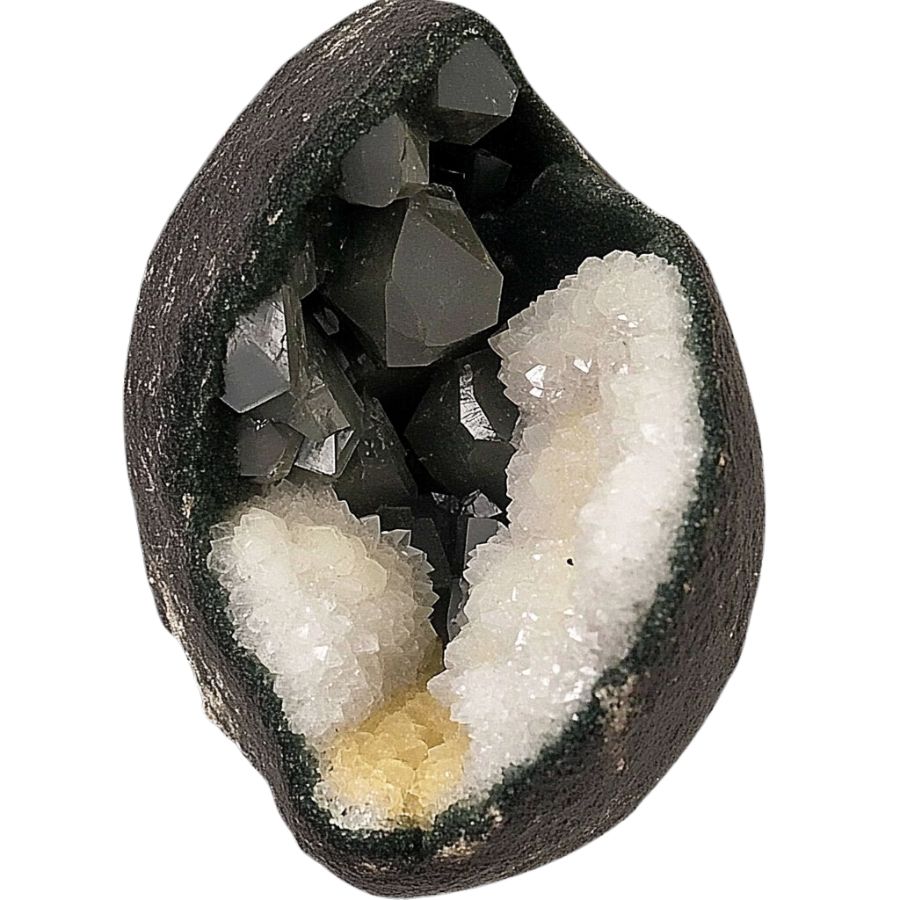
Apophyllite geodes are like nature’s disco balls. They often have dark or black crystals inside a hollow rock. These crystals can be see-through or slightly cloudy, with cube-like or flat shapes.
What makes apophyllite geodes stand out is how the crystals form. They grow in round clusters that look like tiny disco balls. This unique formation is rare and makes them special to rock enthusiasts.
Collectors really prize these “disco ball” clusters. They’re not common, which makes them valuable to people who love unusual rocks. The way apophyllite crystals catch and reflect light adds to their appeal, making them fascinating to look at and study.
What Rough Geode Looks Like
Identifying a rough geode might seem tricky, but with a few tips, you can spot one even if you’re not a rock expert. Here’s how you can do it.
Look for a Rounded Shape
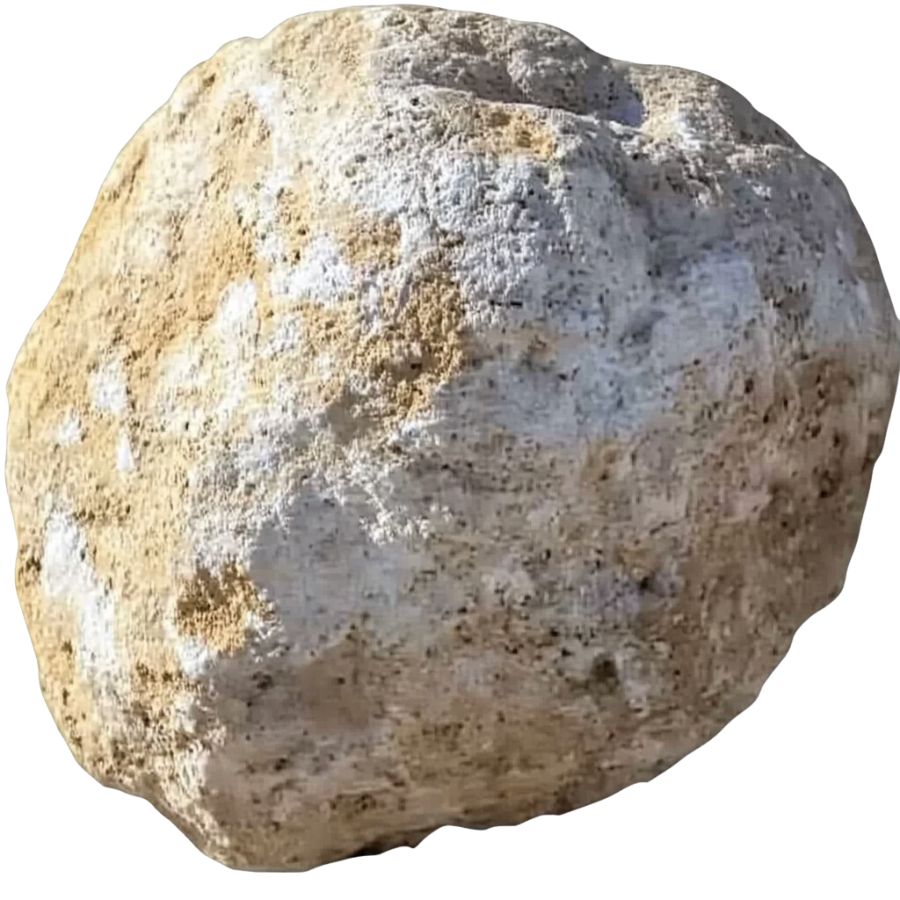
A rough geode often has a rounded or egg-like shape. It might not be perfectly round but look for a generally bulbous form.
When you’re out searching, skip the flat, jagged rocks. Geodes usually have smoother exteriors because they’ve been rolling around in rivers or other environments for a long time.
Check for a Dull, Bumpy Surface
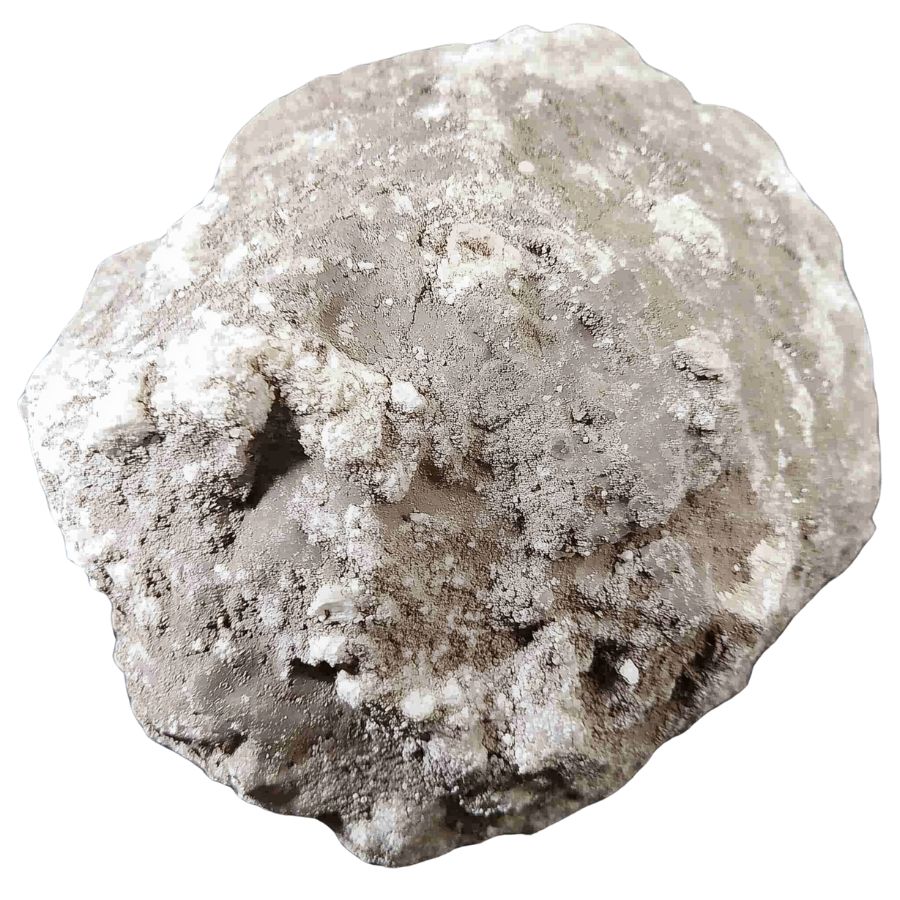
The outside of a geode isn’t usually shiny. Instead, it’s dull, bumpy, and a bit rough.
Imagine a potato or a clump of dirt with some bumps and dents. That’s how a geode might look before it’s cracked open.
The outside won’t give away much of what’s inside, so don’t be fooled by its ordinary appearance.
Test the Weight
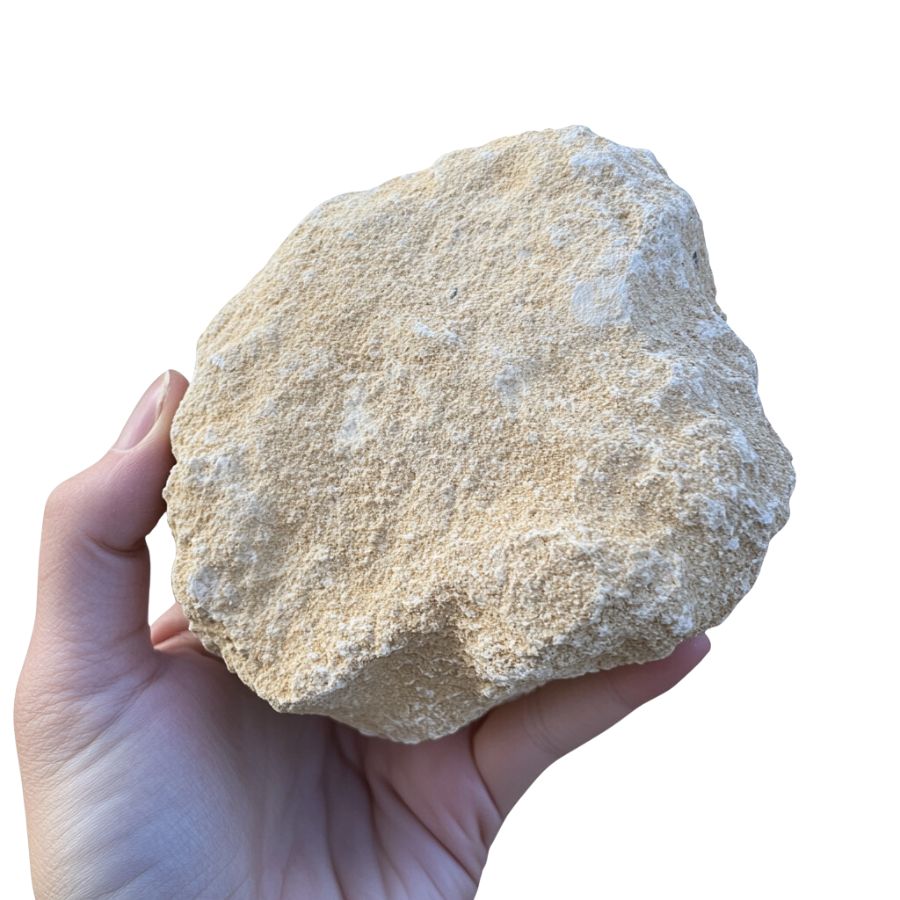
Pick up the rock. Does it feel lighter than it looks? That’s a good sign!
Geodes are hollow or partially hollow, which makes them lighter than solid rocks of the same size. If it feels unexpectedly light, you might have found something special.
Look for Tiny Crystals or Mineral Patches
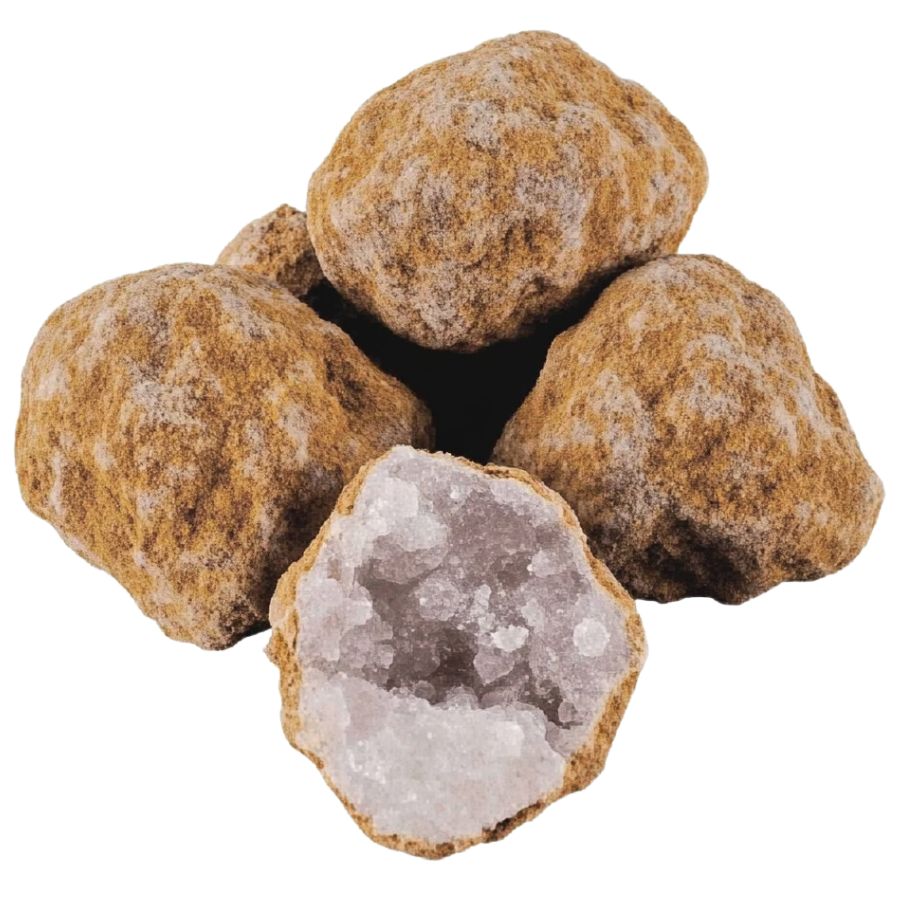
Sometimes, you can spot small crystals or mineral deposits on the outside. These could look like tiny sparkles or specks of color.
While the outside of a geode is usually dull, a little peek of what’s inside might show through. Keep an eye out for these hints, especially if you’re in a known geode-rich area.
Tips on Where to Look
Once you get to the places we have listed below there are some things you should keep in mind when you’re searching:
Explore Riverbeds and Streams
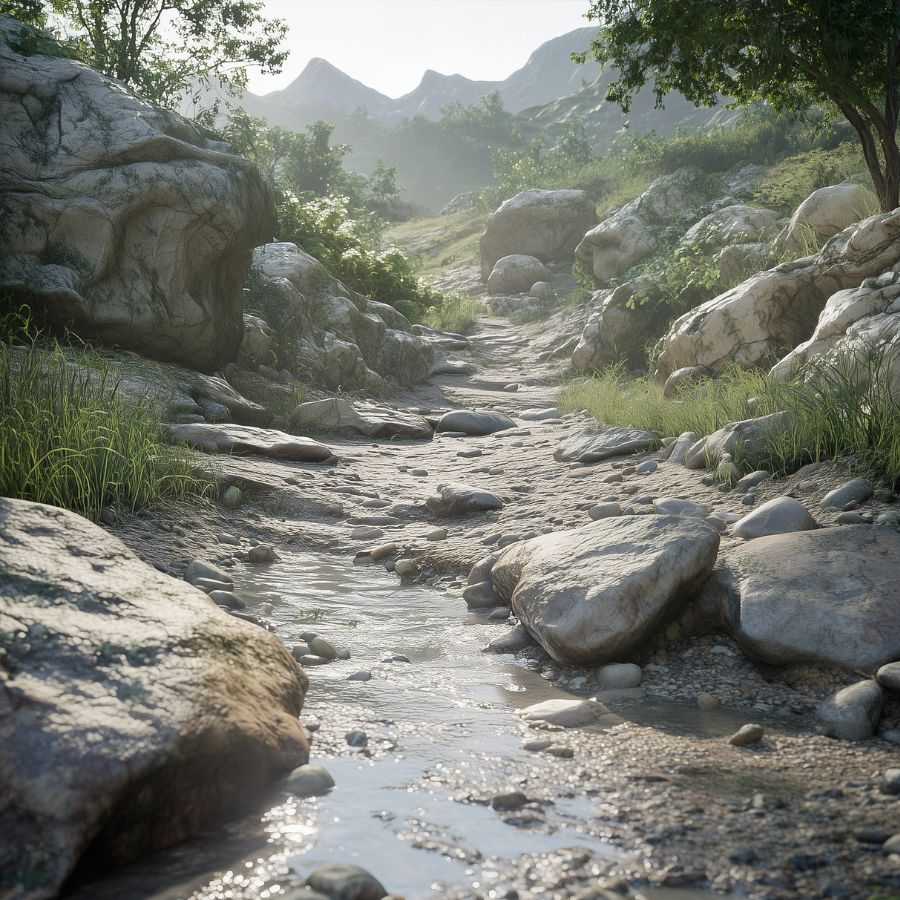
Geodes often form in riverbeds or streams. Water flow smooths out their rough edges and deposits them in these areas.
When exploring, focus on gravel bars or the edges of rivers where rocks naturally gather.
Search in Sedimentary Rock Layers

Sedimentary rocks, like limestone, are prime spots for geodes. These rocks form in layers over time, trapping minerals inside.
Look for areas where sedimentary rocks are exposed, such as cliffs or road cuts.
Visit Old Mines or Quarries

Abandoned mines and quarries are excellent spots for geode hunting.
Workers often missed geodes while digging for other materials. Explore the tailings or leftover rock piles for hidden treasures.
Explore Hills and Rock Outcrops
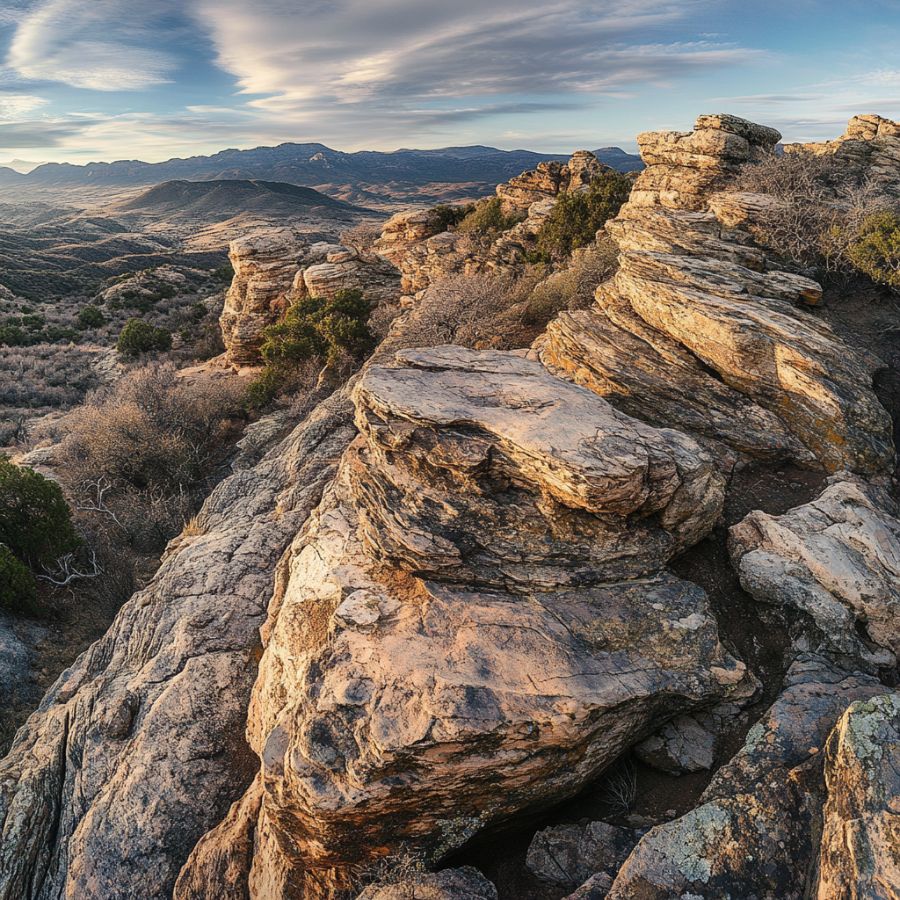
Hills and rocky outcrops often reveal geodes. As erosion wears away the softer rock, it exposes the harder geodes.
Look for areas with exposed rocks and keep an eye out for rounded shapes.
The Types Of Geodes Found In New Mexico
A geode’s value depends on its type and New Mexico is home to different varieties, but its mostly abundant with the following:
- Agate geodes
- Amethyst geodes
- Banded Agate geodes
- Calcite geodes
- Quartz geodes
The Best Places To Find Geodes in New Mexico
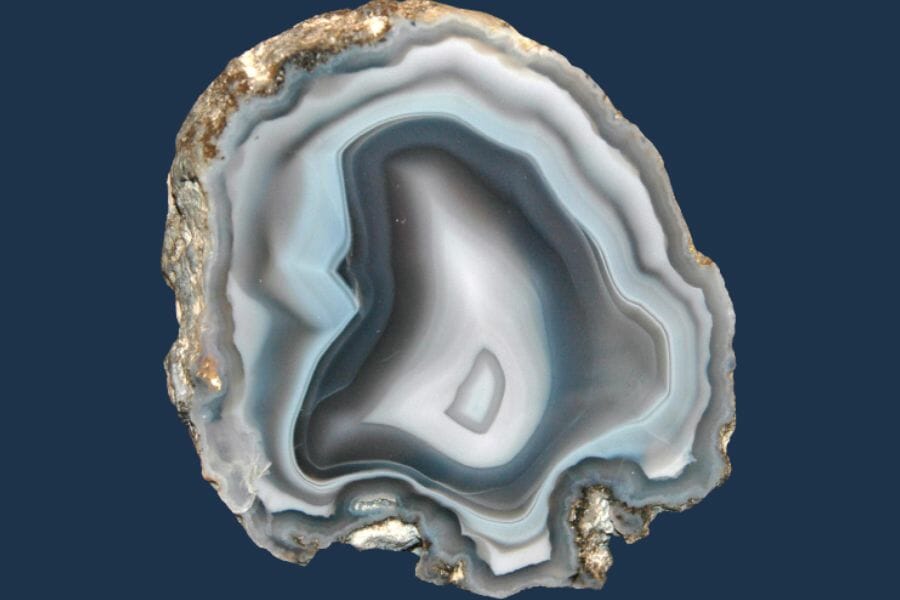
While you may be familiar with some of the popular places for gem mining in New Mexico, not all of them have geodes as well. The locations we are about to share may not be as well-known, but they’re undoubtedly the top picks when it comes to finding geodes here.
Always Confirm Access and Collection Rules!
Before heading out to any of the locations on our list you need to confirm access requirements and collection rules for both public and private locations directly with the location. We haven’t personally verified every location and the access requirements and collection rules often change without notice.
Many of the locations we mention will not allow collecting but are still great places for those who love to find beautiful rocks and minerals in the wild without keeping them. We also can’t guarantee you will find anything in these locations since they are constantly changing.
Always get updated information directly from the source ahead of time to ensure responsible rockhounding. If you want even more current options it’s always a good idea to contact local rock and mineral clubs and groups
Alum Mountain
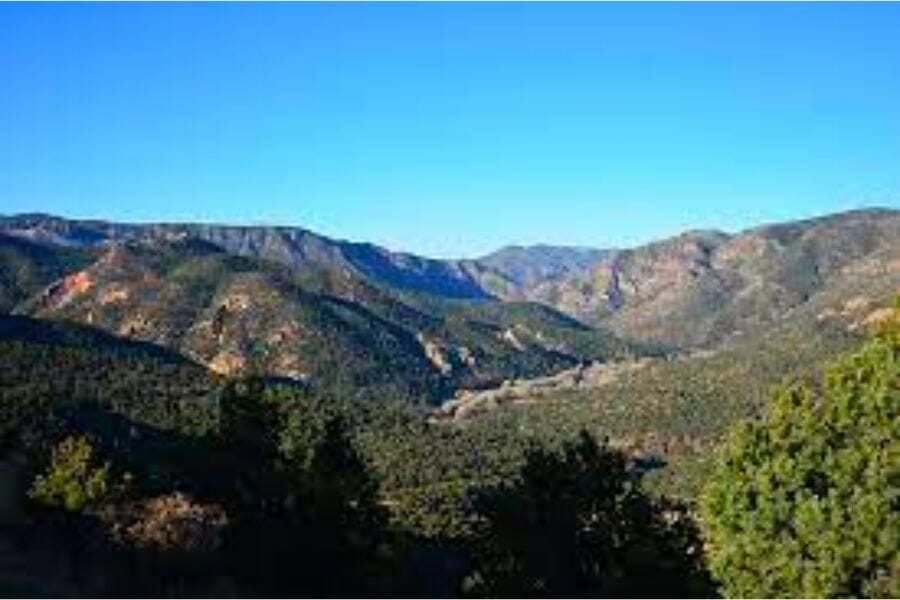
Alum Mountain is located in the southern part of our state. It has a fairly rugged terrain, but nothing too intense. It’s basically a massive deposit of volcanic ash that’s been sitting around for millions of years. Over time, groundwater seeped into the ash and deposited minerals that eventually formed geodes.
One thing to note, though, is that the road leading up to the mountain is pretty bumpy, so you might have to take it slow when you’re visiting. All in all, if you’re into geodes, Alum Mountain is definitely worth checking out.
But before you visit, make sure to check first the updated collecting guidelines from the State of New Mexico.
Where we found geodes at Alum Mountain
You’ll be amazed when you find Banded Agate geodes with patterns you won’t find elsewhere on the area surfaces of Alum Mountain.
DON'T MISS OUT ON ANY GREAT FINDS!
While you're out searching for Geodes you're going to find a lot of other interesting rocks and minerals along the way. The last thing you want to do is toss out something really interesting or valuable. It can be easy to misidentify things without a little guidance.
We've put together a fantastic field guide that makes identifying 140 of the most interesting and valuable rocks and minerals you will find REALLY EASY. It's simple to use, really durable, and will allow you to identify just about any rock and mineral you come across. Make sure you bring it along on your hunt!
La Madera Mine
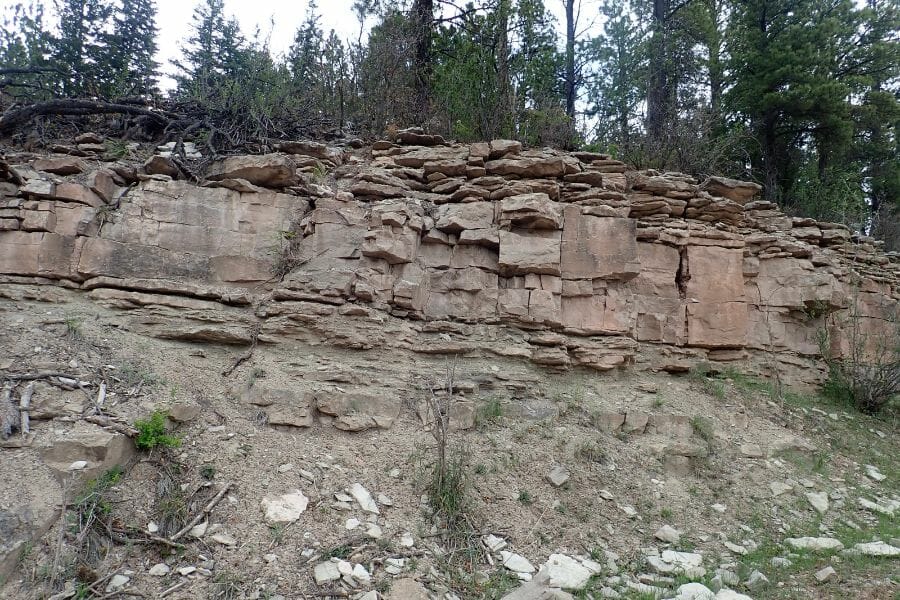
La Madera Mine is up in the northern part of our state, tucked away in the mountains. Its terrain is pretty rough, with steep slopes and loose rocks. This area used to be a copper mine back in the day, but now it’s become a great spot where geodes have formed. It’s also among the best places to find crystals in New Mexico.
Getting here requires a bit of a hike, but if you’re into adventure, it’s totally doable. You have to take some dirt roads and cross a river or two. All in all, if you’re up for a bit of a challenge, La Madera Mine is the place to explore.
Where we found geodes at La Madera
This spot is endowed with different kinds of geodes, but you can mostly find Calcite geodes at the area hillsides of the mine.
Sapillo Creek
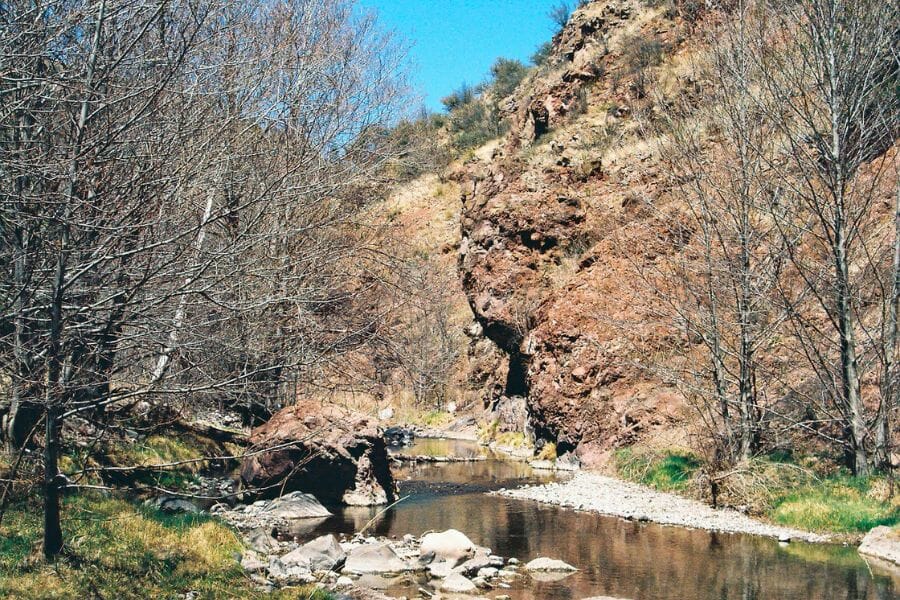
In the southwestern part of our state, you will find Sapillo Creek, with its mellow terrain that’s mostly flat areas and some gentle hills. Its water is shallow, so you can wade around in it without too much trouble.
The geology of Sapillo Creek is fascinating. It used to be part of an ancient ocean, and over time, minerals like quartz and calcite formed geodes in the sedimentary rocks. The geodes here are usually on the smaller side, but they come in all sorts of cool shapes and colors.
Visiting here is a piece of cake, as long as you got a sturdy car that can handle some dirt roads. The creek is right off the highway, so you don’t have do too much hiking or trekking.
Where we found geodes at Sapillo Creek
You can usually find Banded Agate geodes just lying around on the creek bed, or sometimes you have to dig a little bit to uncover them. The surest spot to find them, though, is on the creek’s gravels.
Luna
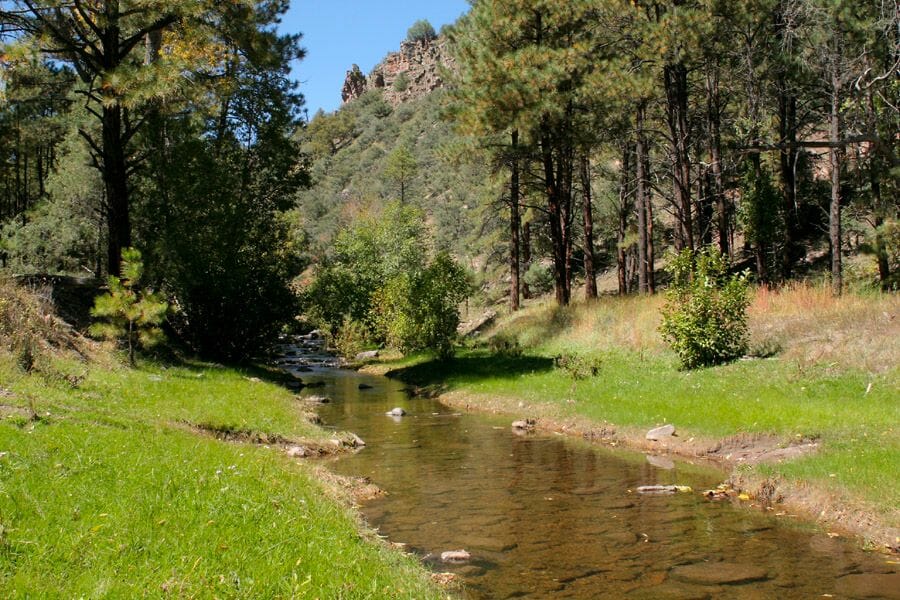
Part of the Catron County, Luna (not to be mistaken for Luna County) is a census-designated place in the eastern part of our state. Its terrain is rocky and hilly, which only add character to the area.
The whole area of Luna used to be a volcanic field, so there are all sorts of amazing and unique rocks everywhere. The geodes here are really fascinating, too, with patterns inside that look like they were painted on.
The journey to Luna is definitely an adventure! The drive can be a bit of a haul (there’s some seriously bumpy dirt roads), but if you’re up for it, you’ll have a blast exploring and finding some seriously cool geodes.
Where we found geodes in Luna
Because of its unique geology, this location contains highly sought-after amethyst geodes. You can find them west 2 miles on US 180, on the surface of ridge north of highway at Luna.
Area nodule beds at Deming
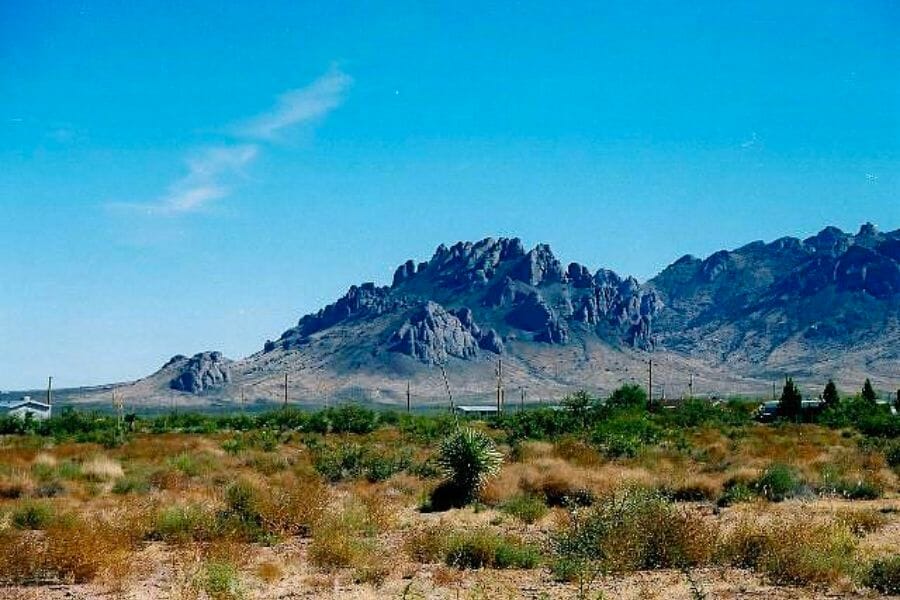
Deming area is part of Luna County, which is located on the southern part of our state. Its terrain is mostly flat and sandy, so it’s a pretty easy hike as you wander around looking for geodes.
It used to be part of an ancient sea. Over time, minerals formed geodes in the sedimentary rocks. Although the geodes here are usually small and handy, they are a delight to find with their interesting shapes and colors.
To go here, you will need a car that can handle some dirt roads. The area is pretty remote, but there are some signs that point the way. Overall, if you’re looking for a low-key spot to hunt for geodes, Deming is definitely worth checking out.
Where we found geodes at Deming
This place is rich in Agate geodes and Quartz geodes. To find them, go southwest 38 miles toward Hermanas, then west via fence gate and crooked rough road. Here you will find several well-known area nodule beds where geodes lie.
Other Great Places To Dig For New Mexico Geodes
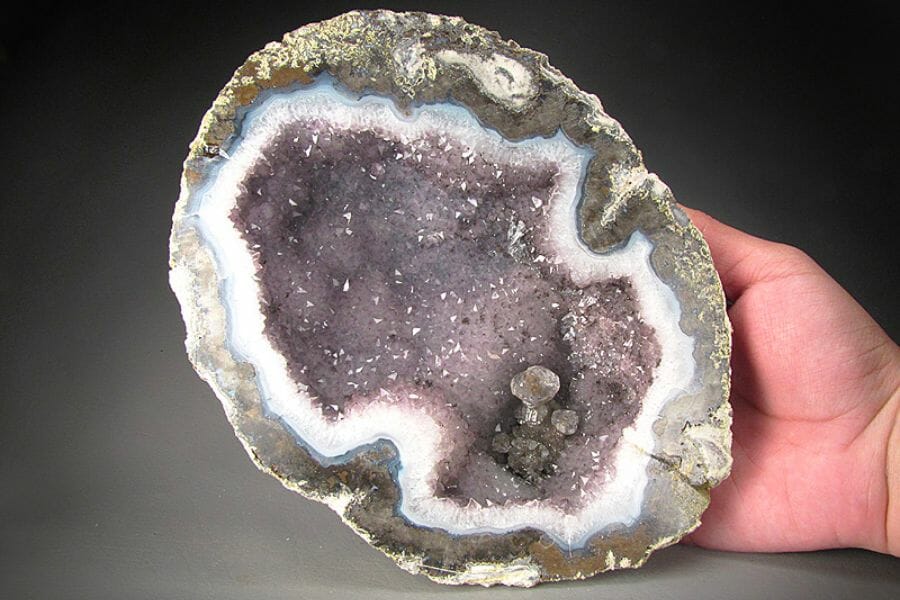
Our top recommended places above are not the only spots you can find geodes in New Mexico— in fact, there are tons more! To make things less complicated, we have arranged them by county, which you can find listed below.
Our recommendations by county
| County | Location |
| Catron | West 2 miles on US 180, surface of ridge north of highway at Luna |
| Grant | The stream gravels of Sapillo Creek |
| Grant | Area surfaces of Alum Mountain |
| Luna | Southwest 38 miles, toward Hermanas, the West via fence gate and crooked rough road, several well known area nodule beds at Deming |
| Rio Arriba | Area hillsides above mine of La Madera |
| Rio Arriba | North another 0.9 miles, canyon area of La Madera |
| Rio Arriba | North another 13 miles, turn east toward a dry wash, area on both sides of La Madera |
Common Geode-Hunting Questions

We found some common frequently asked questions by geode enthusiasts who visit our state. We thought you might have the same queries, so we’ll answer them here:
Where can you find amethyst geodes in New Mexico?
If you aspire of finding and digging for amethyst geodes, then New Mexico is where you should be! The surface ridge of the north highway of Luna in Catron County has some of the best samples of amethyst geodes in our state.
Is it illegal to collect geodes in New Mexico?
As long as you comply with our local collection regulations, it’s legal to gather geodes in New Mexico. If you plan to explore government-owned lands, verify first any relevant local regulations. Also, if you intend to explore privately-owned lands, it’s always necessary to obtain the owner’s consent before proceeding.
The Best Places To Buy Geodes In New Mexico
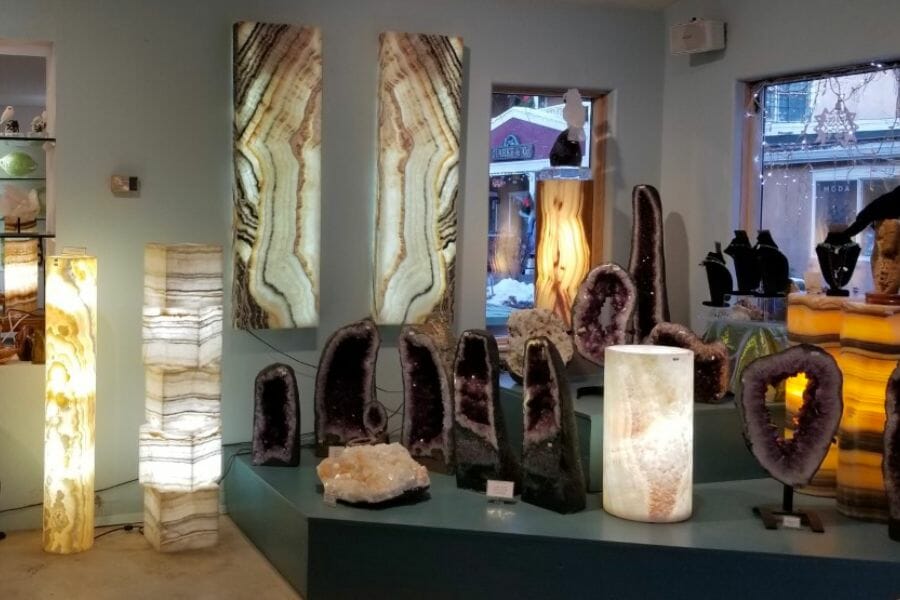
If you prefer getting your hands on pretty geodes without going through hours of searching for them in the field, we compiled some of the best local shops in our state where you can buy them from. Lucky for you, these stores have rad geode varieties that you can choose from:
- Taos Rockers – 229 Cam De La Placita, Taos, NM 87571
- Amazon – Did you know that Amazon has a pretty wide selection of geodes? Really amazing! They even have entire kits to help you break them open.
- Ancient of Days – 127 N Main St, Roswell, NM 88203
- Trina’s Rock Shop – 1812 Columbus Rd, Deming, NM 88030
- Mama’s Mineras – 800 20th St NW Ste B, Albuquerque, NM 87104
- La Tierra Mineral Gallery – 124 Bent St, Taos, NM 87571
- Blanchard Rock Shop – 2972 US-380, Bingham, NM 87832
- TruArt of the Earth – 2411 Calle De San Albino, Mesilla, NM 88046
- Touchstone Gallery – 127 W San Francisco St, Santa Fe, NM 87501
Additional places to find geodes in nearby states
Check out our guides for nearby states if you’ve already tried all of our suggestions above or if you’re planning a trip outside of the state:
If you have any recommendations for our list please leave a comment below!

